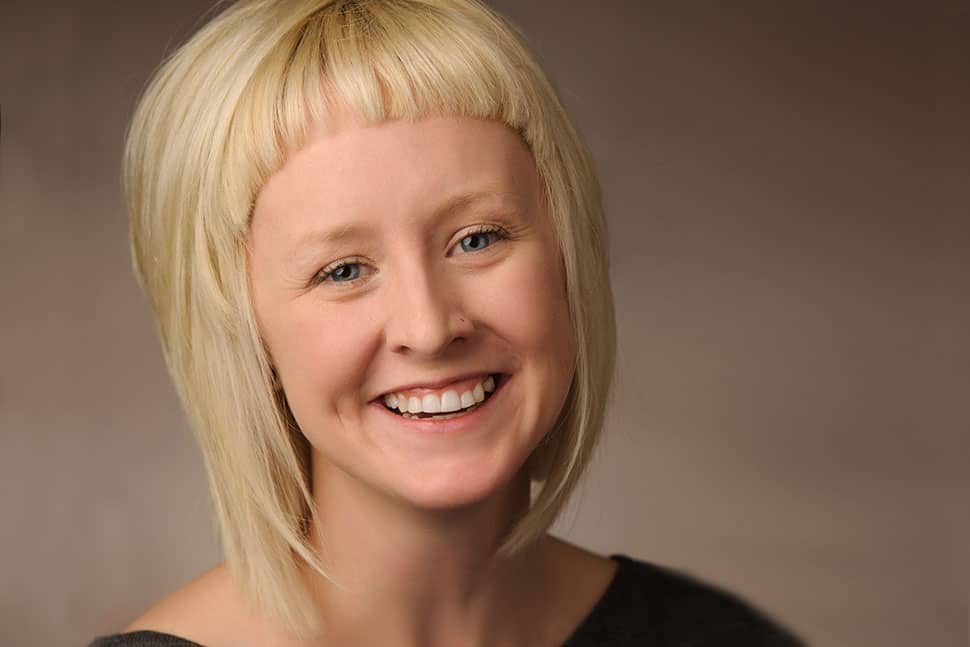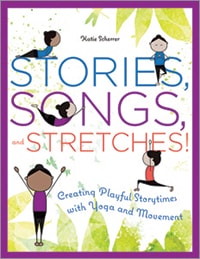
Katie Scherrer is a former children’s librarian who consults and trains libraries and educational organizations to improve services to Latino immigrant communities through outreach and bilingual programming. Her book Stories, Songs, and Stretches! Creating Playful Storytimes with Yoga and Movement (ALA Editions, 2017) was excerpted in the January/February 2018 issue of American Libraries. AL spoke with Scherrer about her book, its inspiration, and why librarians should consider adding movement to storytime.
What made you want to write this book?
Being both a yoga teacher and a former children’s librarian, I have a unique understanding of how naturally yoga and storytime can fit together to provide children with opportunities for embodied play. I wrote this book to share how fun and simple it can be to use yoga-inspired movement to enhance existing storytime programs.
Why would ALA members find it helpful?
I’ve found that many library staffers who present storytimes are interested in the idea of incorporating yoga, but they are apprehensive because they aren’t yoga teachers. This book clarifies the differences between teaching yoga to children and using yoga-inspired movement as a tool to bring the joy of reading to life for children and families. Basic poses are presented in an accessible way, and the book provides the rationale for using these movements to support children’s physical literacy, early literacy, and social–emotional development.

What is the most surprising thing you discovered while working on this book?
I discovered in my research a 2015 study published in Early Childhood Education Journal that showed preschool children who were given early literacy instruction paired with movement achieved higher early literacy outcomes than children who received either activity alone. This is exciting as it indicates that we can help young children develop skills they need for school readiness by involving the body in the learning process.
What are you reading now?
White Rage: The Unspoken Truth of Our Racial Divide by Carol Anderson (Bloomsbury, 2016).
What is your next project?
I am excited to share that I have developed a Stories, Songs, and Stretches! certification program for those who want more hands-on instruction on the poses, movements, and concepts introduced in the book. The training is not a catch-all, kids’ yoga program; it is narrowly focused on using yoga and movement as tools to support the early learning of preschool children. I have created this certification in such a way that librarians, early childhood educators, and yoga teachers can all earn continuing education credits when they participate in the training. The official launch date of this project is March 5.
I am also working with a colleague who has a PhD in education on a follow-up to the study described above, exploring how the Stories, Songs, and Stretches! program affects the early literacy and social–emotional development of preschool children.


